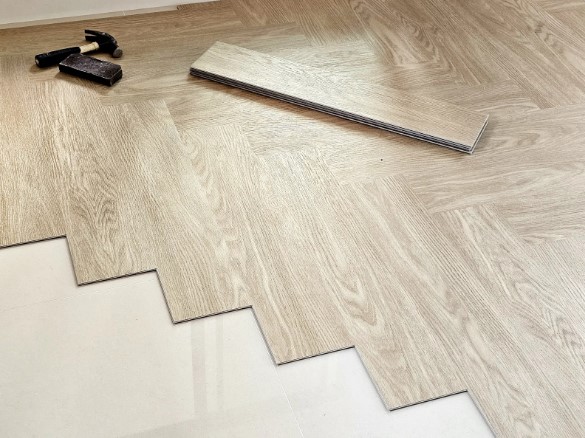Welcome to Wood Crafter Tool Talk, your go-to resource for all things related to home woodworking. Whether you’re a novice just getting started or an experienced woodworker looking to refine your craft, we are here to guide you every step of the way. Our mission is simple: to provide honest, detailed reviews and essential information about woodworking tools to help you take your projects to the next level.
Why is this site valuable for woodworking enthusiasts? Our in-depth reviews, expert advice, and dedicated resources empower you to make informed decisions about the tools you use, ensuring that your woodworking journey is both enjoyable and successful.
Main Sections
For the Home Woodcrafter
Our site is dedicated to the home woodworker—someone who loves to create, innovate, and bring their wood crafting ideas to life in their own garage or workshop. We understand the unique challenges faced by hobbyists and DIY enthusiasts, and we’re here to help.
- Target Audience Definition: Our target audience includes beginner to intermediate woodworkers who typically work on projects at home, from small DIY items to more complex furniture builds.
- Common Challenges: Home woodworkers often struggle with choosing the right tools, staying within a budget, and knowing how to handle and maintain their equipment. We provide solutions to these problems by offering clear, actionable advice.
- Tool Selection: The right tools can make all the difference. Our reviews and recommendations help woodworkers select tools that will make their projects easier, safer, and more enjoyable.
Our Expert Reviews
At Wood Crafter Tool Talk, we take the review process seriously. We understand that buying tools is an investment, and we want to ensure that every piece of advice we offer is based on reliable data and real-world testing.
- Review Methodology: Our experts use each tool in real-life situations to gauge its performance, durability, and ease of use.
- How Tools Are Tested: We test tools on a variety of materials and projects, evaluating factors such as accuracy, ergonomics, noise levels, and overall comfort during use.
- Credibility: Our team consists of seasoned woodworkers who bring years of hands-on experience to every review. We also consult with industry professionals to ensure the accuracy of our evaluations.
Power Tool Categories
When it comes to power tools, the variety can be overwhelming. We’ve broken down the major categories to help you easily find what’s best for your needs:Power Saws: From table saws to jigsaws and circular saws, we cover the essentials of each tool, including features and how to choose the right one for your projects.
- Routers and Routing Equipment: Routers are essential for shaping and carving wood. We dive into the various types and applications of routers and related tools.
- Sanders and Finishing Tools: For smooth, professional finishes, we explore the different types of sanders, polishers, and finishing equipment.
- Drills and Drivers: Learn the ins and outs of drills, drivers, and impact wrenches, and which tools are best for your tasks.
- Specialty Power Tools: We also cover niche tools that every serious woodworker should consider, from biscuit joiners to oscillating tools.
Project Inspiration
Whether you’re a beginner or an experienced woodworker, we provide a wealth of project ideas and guidance to inspire your next creation:
- Types of Projects Covered: From simple picture frames to custom furniture, we provide ideas for every skill level.
- Skill Level Considerations: We cater to woodworkers at every stage, ensuring that each project includes step-by-step instructions tailored to different skill levels.
- Project Planning Resources: Plan your next big project with our helpful guides on material selection, tool requirements, and budget planning.
Learning Resources
Woodworking is a continuous learning process, and we’re here to help you grow your skills with various learning resources:
- Tutorials Available: We provide easy-to-follow tutorials that guide you through specific techniques, from basic cuts to advanced joinery methods.
- Safety Information: Safety is crucial in woodworking. Our site offers comprehensive safety guides to ensure you work with confidence and minimize risks.
- Technique Guides: Learn about specific techniques that enhance the quality and precision of your work, including tips on finishing, sanding, and tool maintenance.
Conclusion
At Wood Crafter Tool Talk, we are committed to providing you with high-quality, unbiased information that helps you make better decisions in your woodworking journey. We value our community of woodworkers and strive to create a space where you can learn, grow, and connect with other like-minded individuals.
We invite you to explore our detailed tool reviews, browse through the project inspiration section, and take advantage of the learning resources available to you. Whether you’re upgrading your tool collection or just starting out, we’re here to help you craft your best work.





